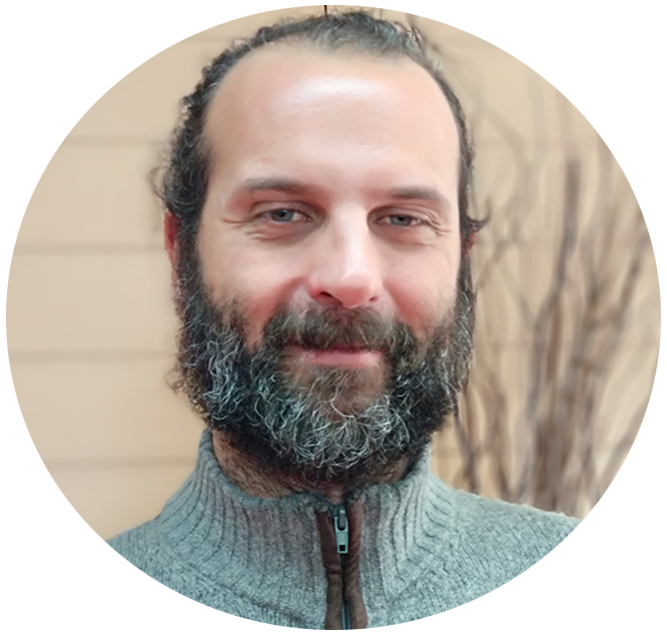There are researchers that walk a long path to return home. Pilar Rivera spent 14 years in Germany, where she received a PhD in Molecular Biology from the Free University of Berlin and got the “Habilitation”, the highest German academic degree, at the Philipps University of Marburg before returning to Spain. It was this German experience, followed by her time at the Institute of Material Sciences of Barcelona and the Rovira i Virgili University, which allowed her to join the Barcelona Biomedical Research Park (PRBB) at the end of 2016.
The reasons of her decision are clear: “Here at the PRBB there are lots of biomedical experts, just what I needed after the last years in a world of physicists and materials chemists; I wanted to go deep and merge again the fields of biology, medicine, pharmacy and materials engineering, like I did in Germany” explains Rivera. At the Department of Experimental and Health Sciences of the Universitat Pompeu Fabra (DCEXS-UPF), she created the Integrative Biomedical Materials and Nanomedicine Laboratory. This group, despite having less than two years, has already two postdocs and four Ph.D. students, as well as four master and four bachelor students. It is a very multidisciplinary laboratory -there are biologists, chemists, physicists, veterinarians, pharmacists and materials engineers- and international, with people from Greece, China, Germany and Spain.
Working with gold
One of the group’s main projects is Nanocard, a multidisciplinary study in collaboration with the Autonomous University of Madrid, the Reina Sofía Hospital and the Madrid Institute for Advanced Studies. They seek to develop a type of gold nanoparticles to improve a technique called Optical Coherent Tomography (OCD) for diagnoses of cardiac injuries. “This project has been developed because there was a real clinical need; nowadays OCD is fine for detecting large lesions, but it does not have much resolution or sensitivity. And doctors want more, ideally to detect injuries at the cellular level”, explains Rivera.
Her group is responsible for modifying the surface of these nanoparticles adding an agent that recognizes a lesion marker and thus getting the nanoparticles to accumulate in the lesion and achieving a better resolution.
“Nowadays OCD is fine for detecting large lesions, but it does not have much resolution or sensitivity. And doctors want (…) to detect injuries at the cellular level”
Pilar Rivera
The project advances fast with promising results, but there are still many open questions. It has not been tested yet in living beings – the preclinical phase will be in mice – and the long-term effects are unknown. “Gold is not toxic, but although it is inert, we do not know exactly how it is metabolized, so it could accumulate and we have to study how the human body could react”, Rivera reflects on.
The battle against pancreatic cancer
Rivera’s group, together with Rubén Vicente’s group (DCEXS-UPF), has just been awarded by the UPF INNOValora program to conduct the preclinical phase and to patent functionalized nanocapsules with an agent that recognizes a molecular target for pancreatic cancer. As Rivera explains, “we expect that the nanocapsules will only be located, mostly, in the tumor, they will not be in other organs. Therefore we could use these nanocapsules to specifically target the drug to the tumor”.
The nanocapsules the group is developing could be used to encapsulate drugs in order to use them in cancer treatment
But the range of possibilities that these nanocapsules open up is wider. In parallel they are also working to encapsulate drugs within them in order to be able to use them in cancer treatment. In addition, the capsules are themselves an active ingredient: “if we irradiate them with a laser, they release heat and could kill the cancer cells or, at least, decrease their resistance and the encapsulated drugs can more easily enter into the cancer cells”, reasons Rivera.
She is optimistic and thinks that her technique may cure this disease. “The problem is that pancreatic cancer is able to protect itself against drugs, it develops a barrier that prevents drug delivery to the tumor. But with our proposal we can accumulate more drugs there. We can encapsulate and protect a lot of drug into the nanoparticles. And everything that we encapsulate will reach the tumor”, concludes Rivera.







